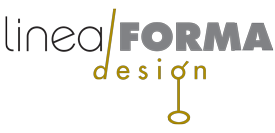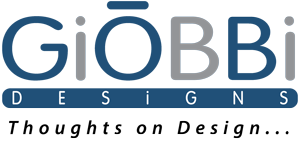I have nothing but respect for my professional photographer friends, and I gladly work with them often. But, 3D modeling and animation is still a better choice for motion that is difficult or impossible to film as I’ve addressed in earlier posts. Also, in marketing products for simple presentations, 3D is often an equal or better solution for showing product options. And the digital photo studio can remain set up forever, ready for the next round of changes or variations of product options.
My latest project highlights this situation to the fullest. I have been working with a local manufacturing company who has been providing OEM filtration products for the industrial and marine markets for the past 15 years. As an innovative company, they are expanding market penetration by creating a privately branded product. We designed a company logo and incorporated it into a full color label which wraps around the exterior of their product.
The cylindrical shape of their products come in two heights, and the input sections of these products (i.e., caps) are offered in two distinctive designs. A clear plastic drain bowl goes on the bottom, with two different drain options. As the product is offered, there are eight variations, and each needed a perfect photo sample for marketing and promotional purposes.

This project ticked all the boxes for using 3D models. When I explained my model/render process as an alternative to creating all the physical samples, they were on board. My client could have built perfect samples and paid a photographer to set up and shoot each version, but at the end of the session, the studio would be stripped down and prepared for tomorrow’s next client project. My studio sits waiting and loaded on my hard drive’s ‘digital warehouse’, all set for the next session any time, at a moment’s notice. That’s a big advantage! Time is money. Models save time. You do the math!
I created a simple modeling/lighting studio in my 3D app—Maya, in this case—and created one photo-realistic model of each component variation. I started with an exploded view for use in marketing presentations, and then assembled the full product with both variations of the upper and lower options in the correct positions on top of each other but still on their own layers, visible when needed. And finally, I added a label band with the logo graphics. The band can be updated easily when new artwork is required, and I can quickly create a digital mock-up for potential new customers.
And of course, products and processes can be animated in very precise ways that are next to impossible to create in ‘real world’ photo shoots. My favorite thing!
Share this:


2 Responses
Tom Barber
G O B Reality
bgob1
Always, TB